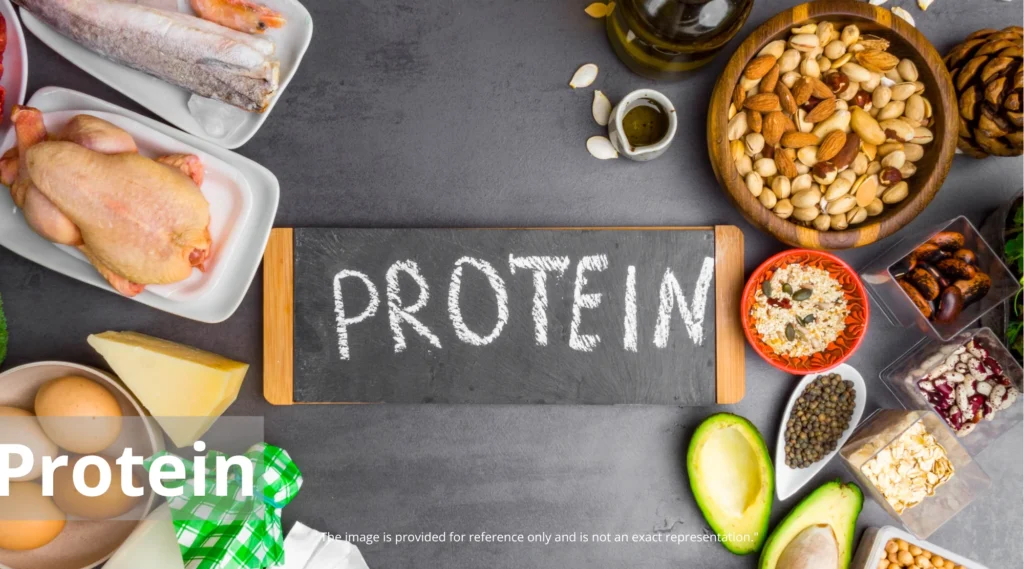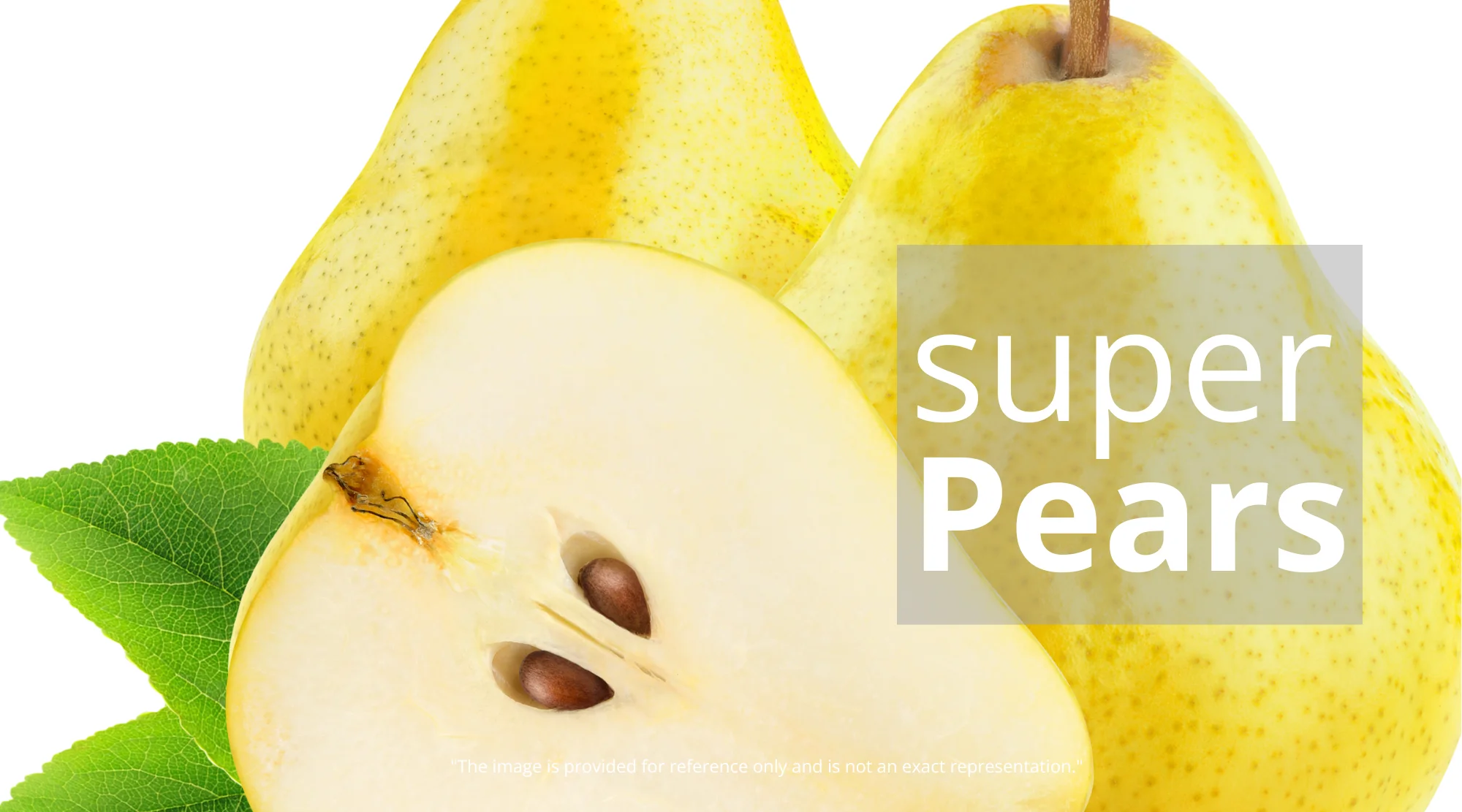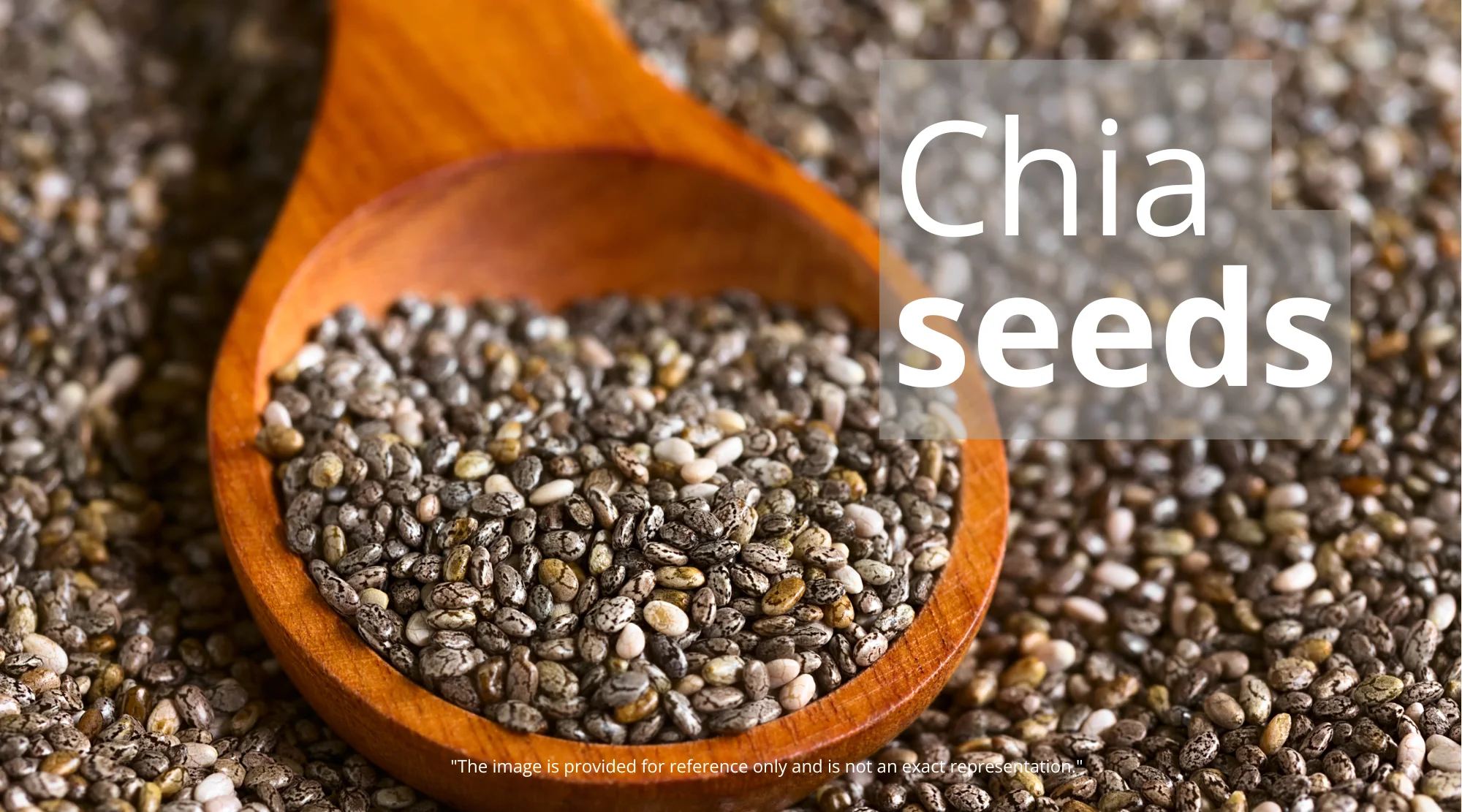How Much Protein Do You Really Need? A Personalized Guide
Understanding your individual protein needs is crucial for optimal health, energy levels, and overall well-being. While many resources offer generic advice, the truth is that the ideal amount of protein varies greatly depending on factors like age, activity level, health status, and even your individual goals. This guide will break down the science behind protein requirements and help you determine the right amount for you.
Protein, one of the three macronutrients, is responsible for everything from building and repairing tissues to creating enzymes and hormones. A deficiency can lead to muscle loss, fatigue, and weakened immunity. But consuming excessive protein also has its drawbacks. Let’s explore how to find your sweet spot.

Why Protein Matters: The Building Blocks of Life
Protein is often called the building block of life. This is not an exaggeration. It’s an essential component of every cell in your body. It’s made up of amino acids, some of which your body can produce (non-essential) and others you must obtain from food (essential).
These amino acids are used to build and repair tissues, produce enzymes and hormones, and support immune function. Think of protein as the workforce of your body. Without enough, the workforce is understaffed, leading to maintenance delays and decreased efficiency.
A deficiency in protein can manifest in several ways, including muscle loss (sarcopenia), weakened immunity, fatigue, and even slower wound healing. Meeting your protein needs is not just about athletic performance. It’s about sustaining fundamental bodily functions.
Decoding Your Daily Protein Requirements
So, how much protein do you really need? The Recommended Dietary Allowance (RDA) is a starting point, but it’s not a one-size-fits-all answer. The RDA for protein is 0.8 grams per kilogram of body weight (or about 0.36 grams per pound). For a 150-pound person, that’s roughly 54 grams of protein per day.
However, several factors can significantly increase your protein requirements. These include:
- Activity Level: Athletes and individuals engaged in regular intense exercise require more protein to repair muscle tissue and promote growth.
- Age: Older adults tend to lose muscle mass more easily (a condition called sarcopenia) and may require more protein to maintain strength and mobility. Check out this article on Muscle Power: The Key to Staying Strong & Independent As You Age: https://befullbehealth.com/2025/muscle-power-the-key-to-staying-strong-independent-as-you-age/.
- Health Conditions: Certain medical conditions, such as injuries, burns, or illnesses, can increase protein needs to support healing and recovery.
- Pregnancy and Breastfeeding: Pregnant and breastfeeding women require more protein to support the growth and development of the baby.
- Weight Loss Goals: A higher protein intake can help preserve muscle mass during weight loss, which is crucial for maintaining a healthy metabolism.
Protein for Athletes and Active Individuals
If you’re physically active, your protein requirements are higher than those of sedentary individuals. Endurance athletes typically need 1.2-1.4 grams of protein per kilogram of body weight, while strength-training athletes may require 1.6-1.7 grams per kilogram.
The timing of protein intake also matters. Consuming protein shortly after exercise can help repair muscle tissue and promote recovery. A protein shake or a meal with lean protein and complex carbohydrates is an excellent post-workout option.
Protein for Seniors: Combating Age-Related Muscle Loss
As we age, our bodies become less efficient at building and maintaining muscle mass. This can lead to sarcopenia, which increases the risk of falls, fractures, and decreased mobility.
Older adults may benefit from increasing their protein intake to 1.0-1.2 grams per kilogram of body weight. Distributing protein intake evenly throughout the day, rather than consuming most of it at dinner, can also help maximize muscle protein synthesis.
The Best Sources of Protein: Quality Over Quantity
Not all protein sources are created equal. Aim to include a variety of high-quality protein sources in your diet, including:
- Lean Meats: Chicken breast, turkey, lean beef, and pork are excellent sources of protein.
- Fish and Seafood: Salmon, tuna, cod, shrimp, and other seafood are rich in protein and omega-3 fatty acids, which are beneficial for heart health. Check out this article on Fish Oil & Cancer: Does It Really Help? What You Need To Know: https://befullbehealth.com/2025/fish-oil-cancer-does-it-really-help-what-you-need-to-know/.
- Eggs: Eggs are a complete protein source, meaning they contain all nine essential amino acids. This article, Eggs Per Day: How Many Can You Eat Safely? Cholesterol Facts: https://befullbehealth.com/2025/eggs-per-day-how-many-can-you-eat-safely-cholesterol-facts/, discusses the cholesterol facts.
- Dairy Products: Milk, yogurt, and cheese are good sources of protein and calcium.
- Legumes: Beans, lentils, and peas are plant-based protein sources that are also rich in fiber.
- Nuts and Seeds: Almonds, walnuts, chia seeds, and flaxseeds provide protein, healthy fats, and fiber.
- Soy Products: Tofu, tempeh, and edamame are complete protein sources that are versatile and can be used in a variety of dishes.
It’s also important to consider the overall nutrient profile of your protein sources. For example, processed meats tend to be high in sodium and saturated fat, while plant-based proteins offer fiber and other beneficial nutrients.
Plant-Based Protein: A Vegetarian and Vegan Perspective
For vegetarians and vegans, it’s crucial to combine different plant-based protein sources to ensure they’re getting all the essential amino acids. This is known as “complementary proteins.”
Excellent combinations include:
- Beans and rice
- Lentils and bread
- Peanut butter and whole-wheat toast
- Hummus and pita bread
Soy products are also a complete protein source, making them a valuable addition to a plant-based diet.
Potential Risks of Too Much Protein
While protein is essential, consuming excessive amounts can have negative consequences. These include:
- Kidney Strain: In individuals with pre-existing kidney problems, high protein intake can put extra stress on the kidneys.
- Digestive Issues: Consuming too much protein, especially from animal sources, can lead to constipation.
- Weight Gain: Excess protein is converted to glucose or fat, which can contribute to weight gain if you’re consuming more calories than you burn.
A good rule of thumb is to listen to your body. If you’re experiencing any of these symptoms, consider reducing your protein intake.
Calculating Your Personalized Protein Intake
To determine your individual protein needs, start by calculating your body weight in kilograms (divide your weight in pounds by 2.2). Then, multiply your weight in kilograms by the appropriate protein intake range based on your activity level and other factors.
For example, a 150-pound (68 kg) active individual might need 68 kg x 1.4 g/kg = 95 grams of protein per day.
You can also consult with a registered dietitian or healthcare professional for personalized recommendations.
Easy Ways to Increase Your Protein Intake
If you’re struggling to meet your protein goals, here are some simple strategies:
- Start your day with a protein-rich breakfast: Eggs, Greek yogurt, or a protein smoothie can help you feel full and energized throughout the morning.
- Add protein to your snacks: Opt for snacks like nuts, seeds, hard-boiled eggs, or cottage cheese. High-Protein, High-Fiber Snacks: Your Guide to Sustained Energy & Health: https://befullbehealth.com/2025/high-protein-high-fiber-snacks-your-guide-to-sustained-energy-health/.
- Include protein in every meal: Make sure each meal contains a good source of protein, such as lean meat, fish, beans, or tofu.
- Use protein powder: Protein powder can be a convenient way to supplement your protein intake, especially after workouts.
Tracking Your Protein Intake: Apps and Methods
Several apps and websites can help you track your protein intake and ensure you’re meeting your goals. Popular options include MyFitnessPal, Lose It!, and Cronometer.
Alternatively, you can keep a food diary and manually calculate your protein intake using nutrition information labels.
The Bottom Line: Tailoring Protein to Your Lifestyle
Determining the right amount of protein for your body is a personal journey. Take the time to assess your activity level, health status, and goals. Choose high-quality protein sources and listen to your body’s signals. Whether you’re aiming for athletic performance, healthy aging, or weight management, understanding your protein needs is a key step toward achieving your health aspirations.














Post Comment